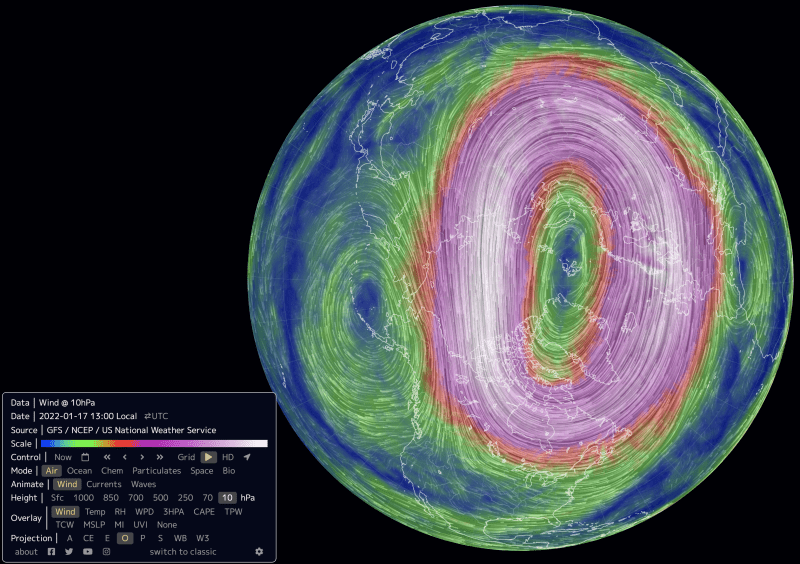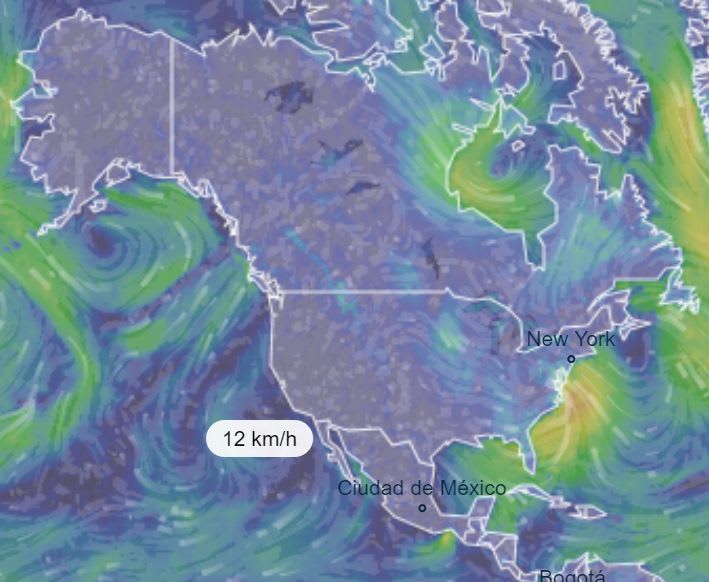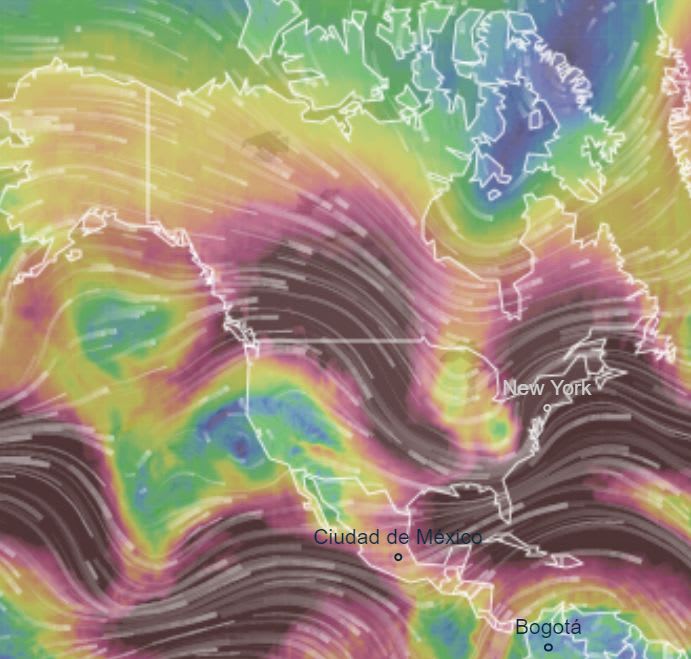Yes, that's the conclusion reached by a number of studies over the past roughly 8 years. Michael Mann and Jennifer Francis come to mind as two lead authors. Paul Beckwith does good (but somewhat dreary) breakdowns on YouTube of the current state of understanding. He's really one of the few scientists who can explain things quickly and in an understandable way, and without being scared to offer his own opinion.
I've been interested in climate change since my late dad explained it to me before he passed in 2010. He was an astrophysicist involved with solar system exploration at both NASA and the ESA, and promoted the Voyager programs long ago.
So, in short, initiated by the increase in global average temperature, the arctic sea ice is additionally suffering from the positive feedback of 'albedo' as ice coverage slowly drops - that is, higher surface heat absorption caused by the darker colour of water v.s. white ice during summer.
Greenland on the other hand is still very cold because it's primarily thick land ice. The northern polar jet stream is influenced by both the "cold centers" and the Earth's rotational axis. I expect that the offset position of Greenland has long contributed to the classic subtropical trough and ridge pattern seen across N. America, however with Greenland becoming predominantly colder the higher polar jet stream is more often elongated or broken up into two or three loops.
That combination of polar jet stream loops pushes the lower subtropical jet stream further towards the equator and it tends to stay in one pattern for some days. If you go to
and check out the jetstreams at an elevations of 70 and 250 hPa you can see this effect.
So, these unusually deep subtropical (Rossby) waves both pull cold arctic air down and hot equatorial air up, creating the bizarre combinations of extreme cold and hot weather the US has seen in the last few years. There's no plausible way this is going to improve because arctic sea ice is due to disappear entirely during summer no later than 2045; according to conservative studies presented at AGU conferences. Beckwith thinks it will be much earlier. We're basically watching the arctic dying in front of our eyes and not doing anything about it.
If you look at
regional global average temperature anomaly by year, N. America is often neutral because of the unusual coldness, while the remainder of the globe indicates warming similar to the global average. The temperature extremes in N. America are of course wider but that doesn't show up in annual stats because it's averaged out.
The southern hemisphere is more stable thanks to the Antarctica which is roughly round and centered on the Earth's rotational axis.



